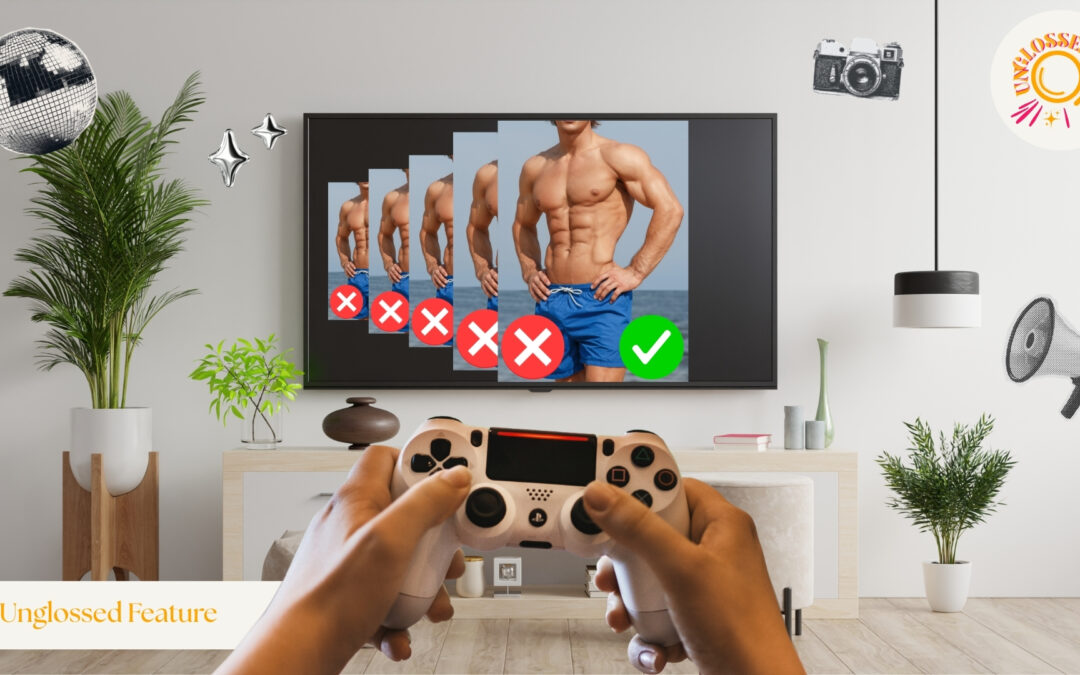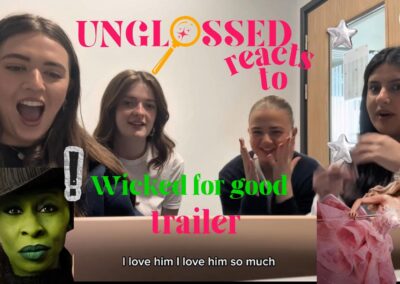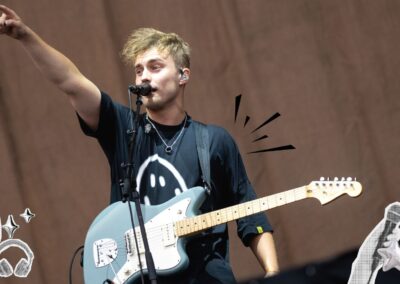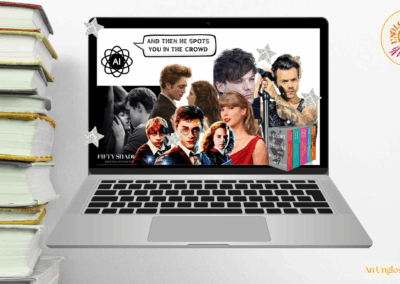The asexual community is slowly winning the important battle for better and more representation, but what challenges does it face heading into the mainstream?
Sexuality is our species’ most inexhaustible source of inspiration. Every successive generation of literature or art or music reinterprets our relationship with it – and steadfast in its use as a fountainhead, its vibrance and power is only made more profound by its repression.
The joys and indeed, sorrows, of sexuality be they sensual, intrinsic or artistic are myriad and often complicated. I will not make it my responsibility, in the course of this article, to contemplate it as keener minds – Shakespeare, Wilde, Sappho – have done. This article sets itself to an altogether opposite task.
Imagine you pass the first decade of your life in greyscale. Sometime around your adolescence, you see the world, your friends and practically everyone you’ve known pass into technicolor but you, so to speak, remain amidst the black and white, with the world and, indeed, its culture only getting more and more colourful. One has to wonder, then, just what exactly is that like?
First, some housekeeping. Asexuality is the lack of sexual attraction to others. A spectrum – rather a spectrum within a spectrum -, “Aces” (asexual people) may feel low levels of sexual attraction, non-existent levels of attraction or experience only secondary, emotionally-triggered sexual attraction. Grey may stripe the varied and diverse community’s pride flag, but their romantic lives are often anything but, with many aces enjoying full and fulfilling relationships, even and especially outside their community.
The Asexual community comes under the broader umbrella of LGBTQ movements and, like many under that umbrella, experiences misrepresentation and underrepresentation, including and often especially within pop culture. Hence the main question: what’s that like? Well, I asked.
“A lot of people go their entire lives never talking about their experience because they know it’s not the typical or normal one. I think until they see somebody or some character who says ‘Hey, I’m asexual, this is how I feel.’, they won’t know there’s nothing wrong with them.”
Tracey is asexual. A filmmaker and activist, she has, as part of her filmmaking, interviewed dozens of asexuals about relevant issues ranging from the intersection of race and asexuality to dating apps to boundary-setting in relationships.
A part-time critic on asexual representations, – and misrepresentations – Tracey doesn’t underplay the part pop culture has to play in making asexuality more accepted.
“For people to be able to see a character or a TV show or a piece of media wakes them out of ‘oh, there are other people like me. There’s a word for my experience.’
“Even with me, I didn’t know that there was a word for it until I saw Bojack Horseman and saw ‘Todd’ as an asexual character. I had heard that word floating around but I just thought I’m the only one like this. I’m the only one not experiencing these attractions.”
Bojack Horseman (2014-20) is another of Netflix’s highly-acclaimed animated TV series. Equally acclaimed, at least amongst the asexual community, is the show’s occasional tritagonist “Todd”, whose portrayal as an ace character was lauded amongst asexual writers and viewers – and not just Tracey.
Lynn Saga is an asexual YouTuber and commentator. Like Tracey, Todd was amongst the first forms of representation they had seen:
“For me, growing up in the 2010s, there was no asexual representation explicitly. That was the first time I’d seen on TV someone say explicitly ‘I’m asexual.’”
In their life, Lynn has seen asexuality go from practically non-existent within pop-cultural spheres, to a present glut of new forms of representation:
“Having it out there is incredible because it’s putting a word to a feeling where people will say ‘oh, that’s me.’ I think storytelling is one of the best ways to humanise anyone – especially marginalised communities and especially LGBTQIA+ communities.”
The slow-moving but steadily increasing volume of sexual representation has coincided with a burgeoning asexual movement. In 2001, activist David Jay founded the Asexual Visibility and Education Network – an asexual awareness organisation. Since then, the community has become a staple fixture at pride parades marching under the AVEN-designed asexual pride flag and seen more representation in film, music and TV.
Asexual characters are more common now than even 20 years ago – but not always for the better. Now, we have to talk about the bad representation.
David J. Bradley is a video essayist and YouTuber. An asexual, Bradley has commented on numerous pop culture interpretations of his orientation – particularly the lesser ones.
In 2020, David covered an infamous (amongst aces) episode of House M.D, where the titular protagonist played by Hugh Laurie ostensibly “cures” an asexual character.
“People view it as though it’s a problem in a person. There’s a lot of focus on ‘why is the person acting like that’ and not ‘oh, that’s just who they are.’”
The episode is perhaps the poster-child for misrepresentation of asexuals. It’s crime? The all-too-common issue of erasure. A popular notion that asexuality, not unlike homosexuality, is something curable, a malady to be “fixed.”
In the same sense that good representation can have a profound effect, so too can the bad. Tracey adds:
“For ace guys, they think that they have to be horny all the time. They have to be after the girls. That pressure in their instances is really intense. (They think) I’m supposed to be sexual. I’m supposed to be feeling these feelings and I’m not. I think it creates insecurity.”
The misconception is widespread, with researchers from King’s College London finding in a study this year that 31% of respondents believing asexuality can be “cured” through therapy. A further 23% believing it a mental health problem, and 26% suggesting that they “haven’t met the right person yet.”
As Lynn Saga put it: “It’s absolutely disgusting to me. No one should be forced to do something they don’t want to do. It shouldn’t happen to anyone. It’s those kinds of representations, of seeing someone be cured, that perpetuates that, yes, that’s something that would help an asexual get over being asexual.”
House M.D is one of many to get it wrong over the years and the definitive means of extinguishing the attitudes that create these representations is a hotly-debated subject in the asexual community. One thing the vast majority of this community agrees on though: more stories.
“Listen to people’s genuine experiences if you want to try and represent them”, David says, “and where possible, hire writers who are of those experiences to tell their own stories.”
Lynn Saga says: “I do want there to be more ace people in the room. Writing books, making songs, making art, poetry, any form of storytelling. I wish people were more tolerant and I think more stories including asexual folks is a good way to help people understand that we’re just people.”
“It shouldn’t take them stumbling onto my YouTube.”, adds Tracey, “It should be out in songs. It should be in books in the library – just like other queer identities are represented. I wouldn’t necessarily say there has to be the exact same amount focusing on asexuality and aromanticism but definitely a bigger part than there is now.”
Progress remains, as ever, slow. We have, however, in recent years, seen the addition of new and interesting ace characters in hit shows. ‘Florence’ and ‘O’ in Netflix’s Sex Education (The latter of whom was criticised for a stereotypical portrayal), ‘Isaac’ in Heartstopper and ‘Alastor’ in Amazon’s Hazbin Hotel.
In music, asexual anthems like Car Seat Headrest’s “It’s Only Sex” and “Agoraphobia” by Deerhunter – the leader singer of which, Bradford Cox, is asexual, telling Jehnny Beth’s Beats 1 radio show “Start Making Sense”: “To be asexual is very confusing. And a lot of people are mistreated who are asexual, because I don’t think people really believe in asexuality.”
In literature, asexual authors like Darcie Little Badger and Alice Oseman pen novels like Elatsoe and Loveless and are widely praised.
One study done by YouGov in the UK indicated amongst the adult population a concern about the growingly sexual nature of society, from its advertising to its broadcasting.
Of surveyed adults, 72% believed that there was too much sexualised media and advertising nowadays, with another study by the University of Buffalo in 2011 indicating that popular media – particularly depicting women – had gotten steadily more sexual since the tail end of the sexual revolution in the 60s.
Yes, all these are just numbers on a page and true, pop culture isn’t historically prudish. Nevertheless I saw two people on twitter arguing last week about whether Sabrina Carpenter was mime-acting motorboating or anilingus during her Juno tour so… perhaps you can be the judge, reader.
For my money, however, I should think pop culture IS getting more sexual and can conclude, strangely, that amidst this, a small but decidedly deserving community is producing a charmingly ironic counterweight to the concurrent (over?)sexualisation.
Nevertheless, prejudices such as the issue of erasure persist, as they always will. As writers rooms become more inclusive however, we may see further strides for this little, grey community and the representation of which it is, doubtlessly, deserving.










